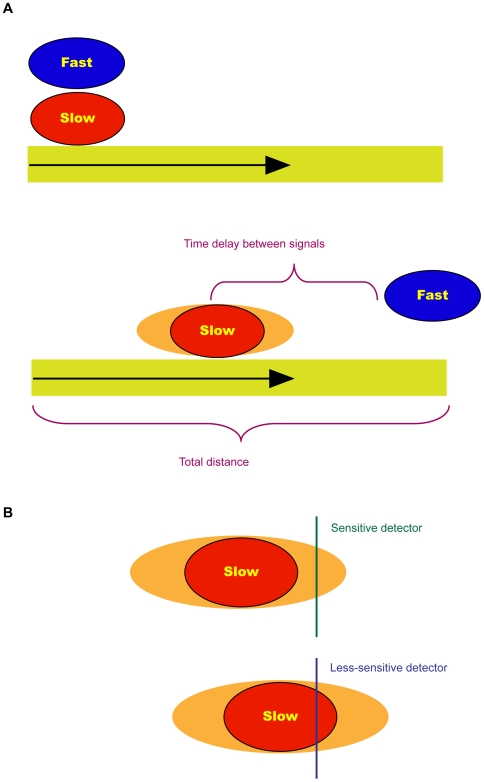Figure 1. Possible mechanisms for assessing distance in injured neurons.
(A) A two-signals model for distance assessment. This model assumes that an injury initiates two signals, fast and slow, which travel retrogradely from the site of injury. The time delay measured between the arrival of the fast signal and the arrival of a significant portion of the slow signal reflects the total distance traveled by the signals. Note that the slow signal is noisy, and therefore spreads over distance, hence does not arrive all at once. (B) A two-detectors model for assessing distances. This model assumes that a single slow signal is used to detect the distance from site of injury. The system utilizes two kinds of detectors: a sensitive detector responds to a small portion of the slow signal, and a less-sensitive detector requires a larger amount of the signal to arrive in order to initiate a response. The time delay between activation of the two detectors reflects the total distance traveled by the signal.

